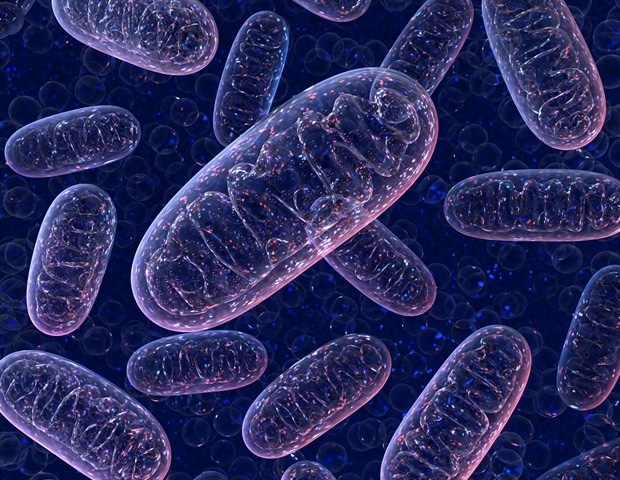It’s one of many primary tenets of biology: We get our DNA from our mother and our dad.
But one notable exception has perplexed scientists for many years: Most animals, together with people, inherit the DNA inside their mitochondria -;the cell’s vitality facilities – from their moms alone, with all traces of their father’s mitochondrial genome destroyed the second sperm joins egg.
A brand new University of Colorado Boulder research revealed Oct. 4 within the journal Science Advances sheds new mild on why this occurs, displaying that when the method fails, and paternal mitochondria slips right into a growing embryo, it could actually result in lasting neurological, behavioral and reproductive issues in adults.
The research, performed in roundworms, presents new clues about what could drive some mitochondrial issues, which hinder the physique’s skill to provide vitality and collectively impression about one in 5,000 folks. It additionally presents a novel strategy for doubtlessly stopping or treating them – a easy vitamin often called Vitamin K2.
These findings present vital new insights into why paternal mitochondria must be swiftly removed during early development. They additionally provide new hope for therapy of human ailments that will be brought on when this course of is compromised.”
Ding Xue, senior writer, professor, Department of Molecular, Cellular and Developmental Biology (MCDB), University of Colorado Boulder
When mobile batteries run low
Often described as mobile batteries, mitochondria produce adenosine triphosphate (ATP), the vitality that drives nearly all cell capabilities.
Mitochondria have their very own distinct DNA, usually handed down completely from the mom.
In 2016, Xue revealed one of many first papers to spell out simply how paternal mitochondria will get worn out – through a multi-faceted, self-destruct mechanism often called “paternal mitochondria elimination (PME),” a course of documented in worms, rodents and people alike.
“It may be humiliating for a man to listen to, but it surely’s true,” Xue joked. “Our stuff is so undesirable that evolution has designed a number of mechanisms to verify it’s cleared during copy.”
Some have theorized that after battling it out with tens of millions of different sperm to penetrate an egg, sperm mitochondria are exhausted and genetically broken in ways in which would be evolutionarily disastrous if handed on to future generations.
Xue and his staff got down to discover out what occurs when paternal mitochondria don’t self-destruct.
They studied C. elegans, a translucent worm which accommodates only one,000 cells however develops a nervous system, intestine, muscle tissue and different tissues just like people.
The staff was unable to utterly halt PME within the worms – a testomony to how resilient this evolutionary course of is. But they had been in a position to delay it by about 10 hours. When they did so in fertilized eggs, it led to important reductions in ATP. If the worms survived in any respect, they’d impaired cognition, altered exercise and issue reproducing.
When the researchers handled the worms with a type of vitamin K2 often called MK-4 (finest often called a bone well being complement) it restored ATP ranges to regular within the embryos and improved reminiscence, exercise and copy within the grownup worms.
Hope for little-understood ailments
The authors notice that there are only some documented circumstances during which paternal mitochondrial DNA may need been present in human adults. One paper describes a 28-year-old man had bother respiration, weak muscle tissue and couldn’t tolerate train. Another paperwork 17 members of three unrelated multi-generational households who had fatigue, muscle ache, speech delays and neurological signs.
More analysis is required in bigger animals, however Xue suspects that in some circumstances, as with the worms, a mere delay in PME may be fueling hard-to-diagnose human ailments.
“If you have got an issue with ATP it could actually impression each stage of the human life cycle,” he stated.
Xue imagines a day when some households with a historical past of mitochondrial issues take vitamin K2 prenatally as a precautionary measure. The research, and the lab’s ongoing analysis, may additionally result in new methods to diagnose or deal with mitochondrial issues.
“There are lots of ailments which can be poorly understood. No one actually is aware of what’s going on. This analysis presents clues,” Xue stated.
Source:
Journal reference:
Zhang, H., et al. (2024). Moderate embryonic delay of paternal mitochondrial elimination impairs mating and cognition and alters behaviors of grownup animals. Science Advances. doi.org/10.1126/sciadv.adp8351.

